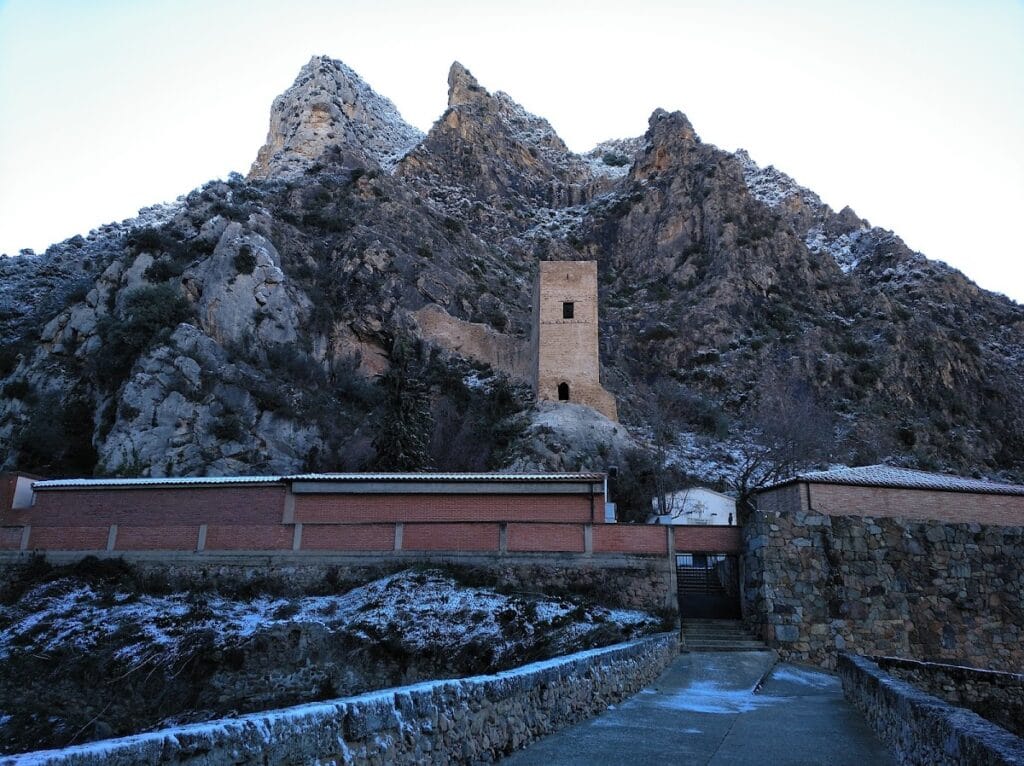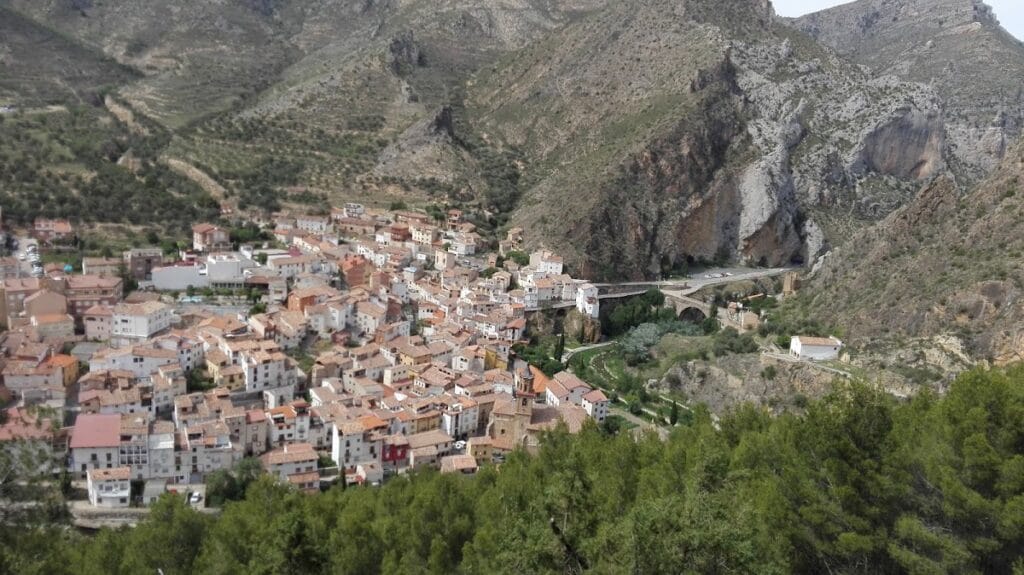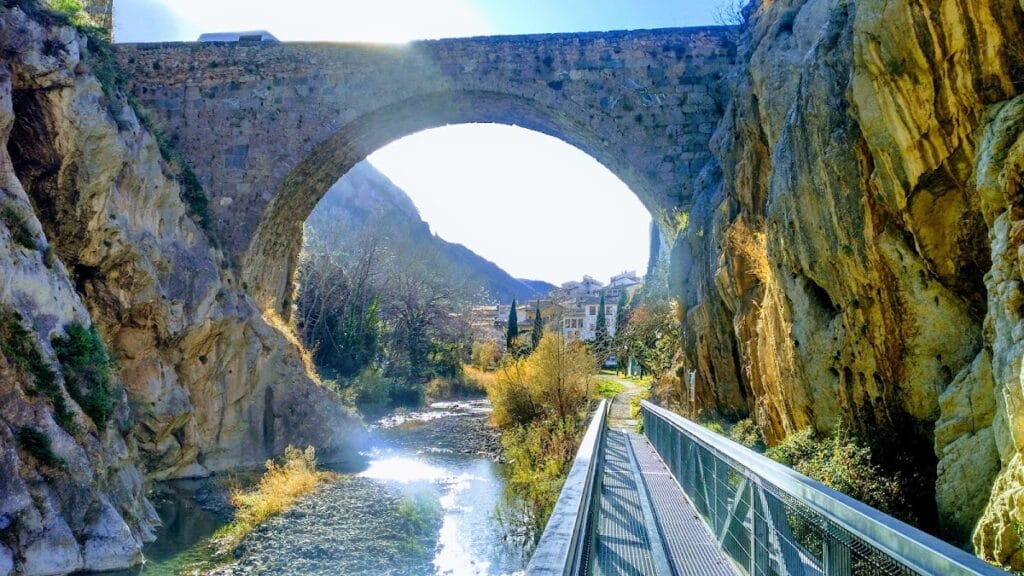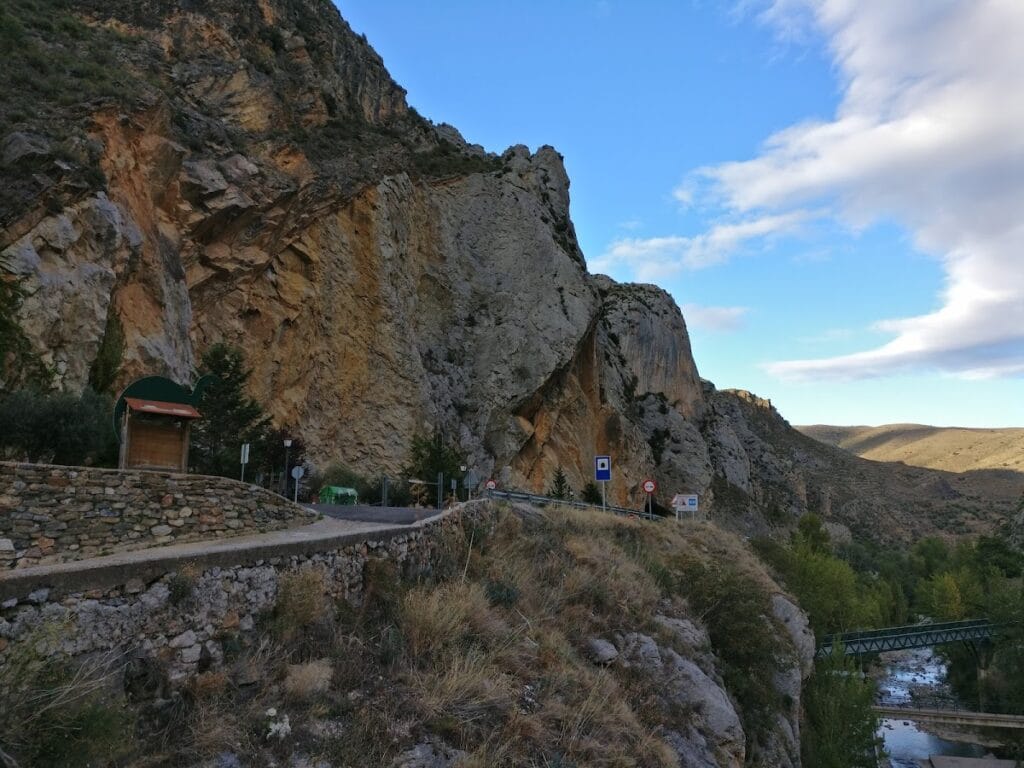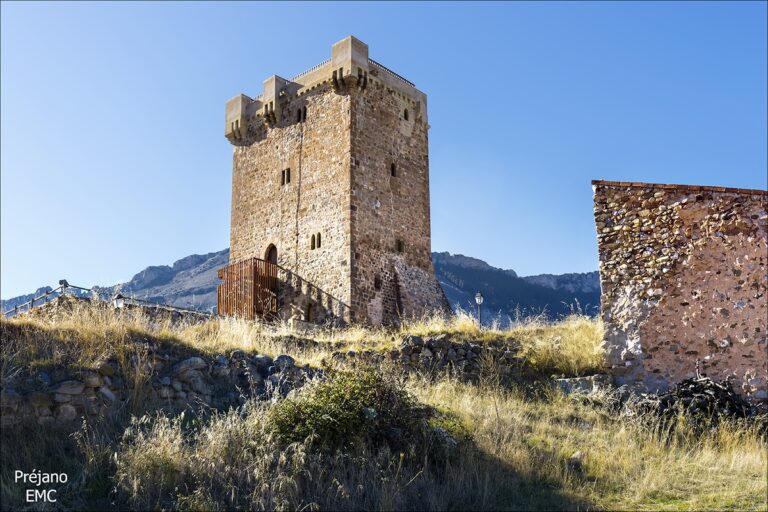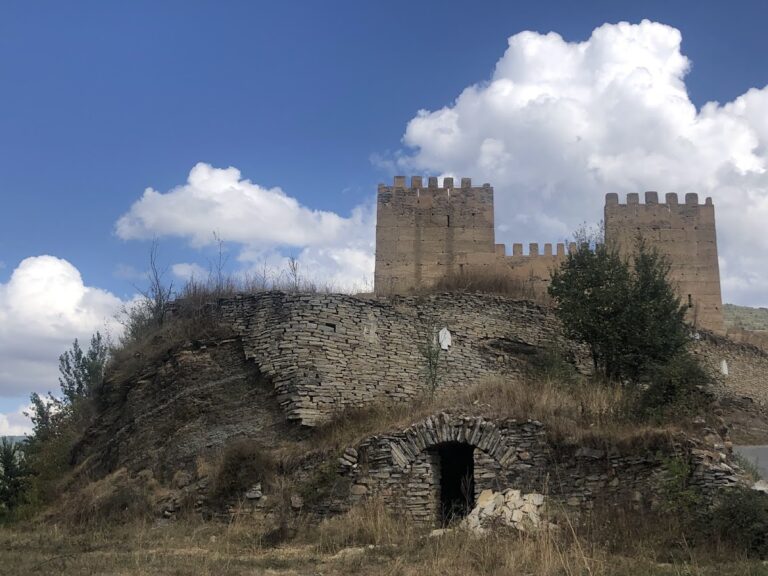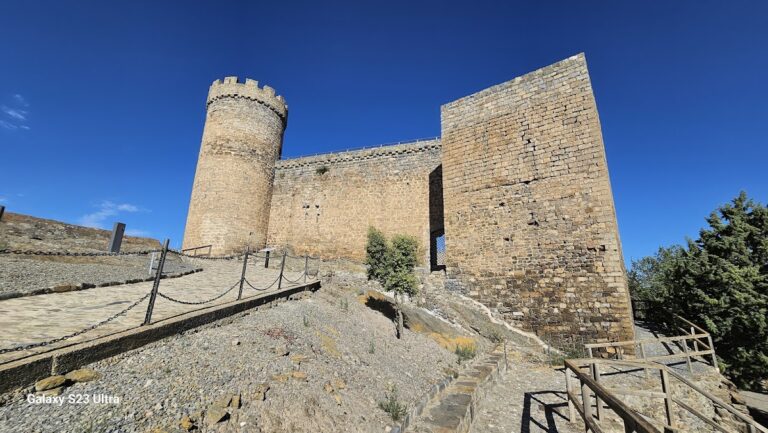Castle of Arnedillo: A Medieval Fortress in Spain
Visitor Information
Google Rating: 4.2
Popularity: Low
Google Maps: View on Google Maps
Country: Spain
Civilization: Unclassified
Remains: Military
History
The Castle of Arnedillo stands in the municipality of Arnedillo, Spain. This fortress was originally constructed by early medieval powers during the 10th century, before Christian rule was firmly established in the region. Its primary purpose was to oversee a strategic passage that had not yet come under Christian control.
The first known written record mentioning the castle dates to 1170, when King Alfonso VIII granted the village of Arnedillo and its fortress to Rodrigo de Cascante, the Bishop of Calahorra. From that time and through the end of the 12th century, the castle functioned mainly as a symbol representing the bishop’s authority over the area. Bishops maintained their lordship through appointed castellans, local officials who governed the settlement and managed the castle on their behalf.
Throughout its history, the castle witnessed episodes of conflict and unrest. In 1232, inhabitants rose up against the bishop’s control in a popular revolt, reflecting tensions between local communities and ecclesiastical power. Nearly a century later, in 1328, a dispute arose concerning the castle’s custody involving Don Pedro Ochoa de Ciuvarri and the bishop’s archdeacon, underscoring ongoing struggles for influence in the region.
Beginning in the 16th century, the fortress served a new function as a prison, primarily detaining monks accused of rebellion against church authorities. Official records from 1545 show that castellans swore oaths of office and were ceremonially granted symbols representing judicial authority, reinforcing the castle’s role as a seat of episcopal jurisdiction.
The bishop’s dominion over the castle endured until the 19th century when the Cortes of Cádiz abolished episcopal lordships. Following this change, the castle became known as Castillo Lombera, and areas around it were converted into a cemetery. Alongside the fortress, a noble palace existed from at least the 13th century until the 17th century, offering temporary residence for bishops and other dignitaries; this palace fell into ruin by the middle of the 18th century.
Through the 20th century, the castle gradually deteriorated until restoration efforts were launched in 2020, culminating in work completed in late 2021.
Remains
The Castle of Arnedillo is a fortified structure built upon a rocky outcrop approximately 654 meters above sea level, designed to maximize defensive advantages. Its construction combines carefully cut stone blocks (ashlar) with rougher rubble masonry, highlighting a typical medieval approach to fortification.
The central surviving element is a tower featuring a square plan on the outside but an irregular interior formed by its stone walls and compartments. Originally, the tower comprised four floors: a ground level and three upper stories. Evidence for these floors is visible in rows of beam holes carved into the walls, which once supported wooden floorboards. Small narrow openings, known as arrow slits, provided lighting and defense, except on the third floor where a larger square window with a wooden lintel overlooked a now-lost wooden balcony that was supported by beams embedded in the stonework.
Access to the tower was through a west-facing doorway framed by a rare architectural element: a monolithic mitred arch formed by two large stone slabs assembled at an angle. This kind of doorway is uncommon on the Iberian Peninsula and is believed to result from a later remodeling phase. The tower once rose higher but its uppermost section no longer survives, giving it a truncated appearance.
Surrounding the tower are sections of curtain walls that follow the natural contours of the rocky hilltop. These walls, like the tower, incorporate both ashlar and rubble stonework. The longest curtain wall runs along the slope of the rock, while a shorter segment adjoins the southern side of the tower, contributing to the strong defensive enclosure of the fortress.
No decorative carvings, inscriptions, or artifacts such as pottery or tools have been documented at the site. The fortress preserves its austere military character, reflecting its role in surveillance and control rather than residential comfort.
